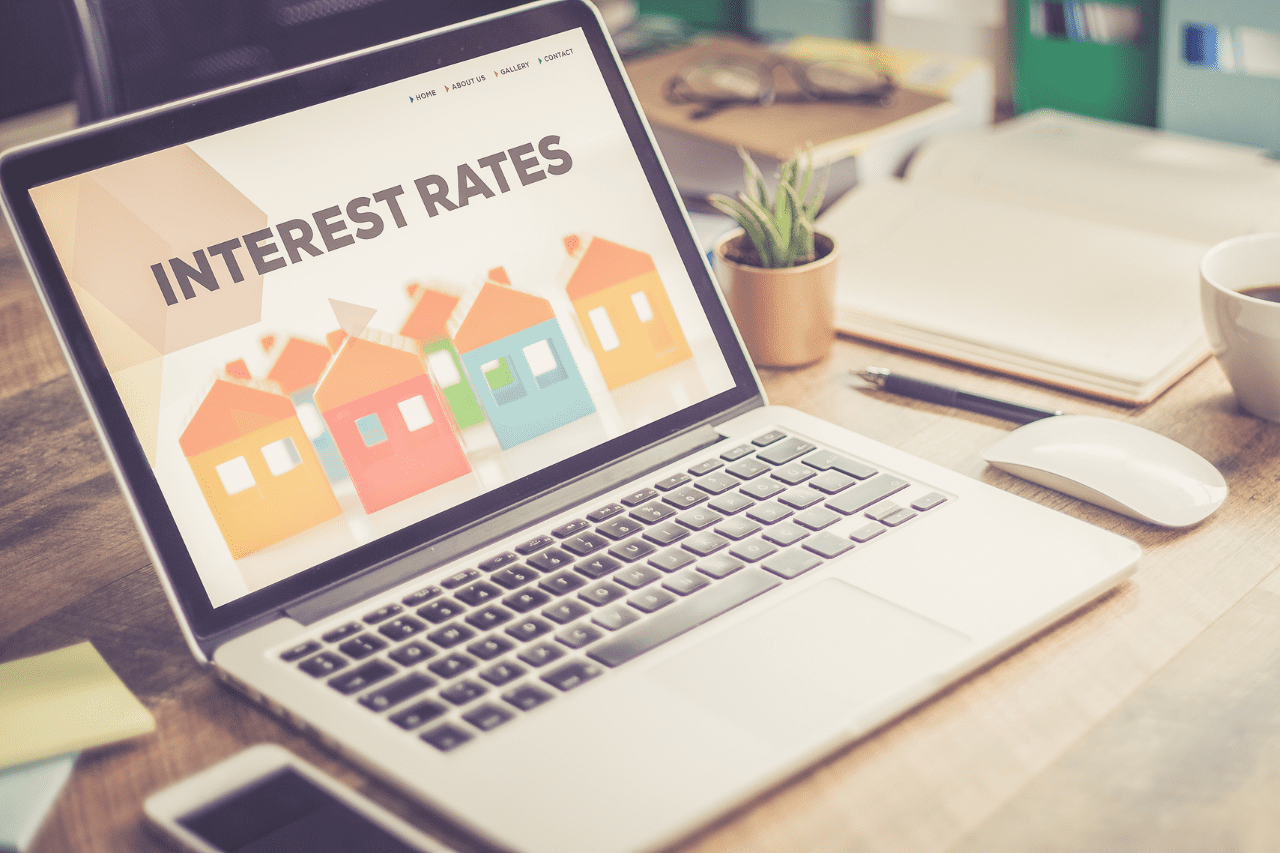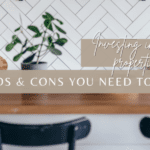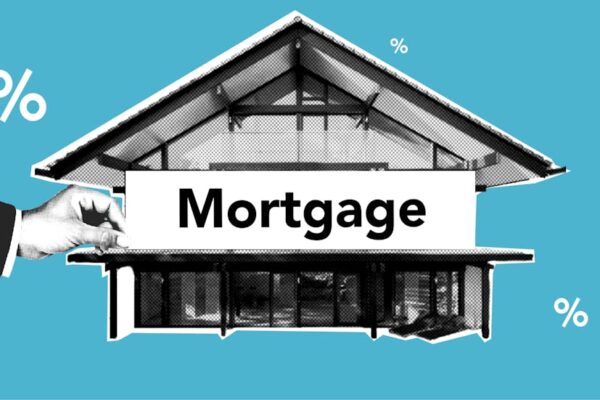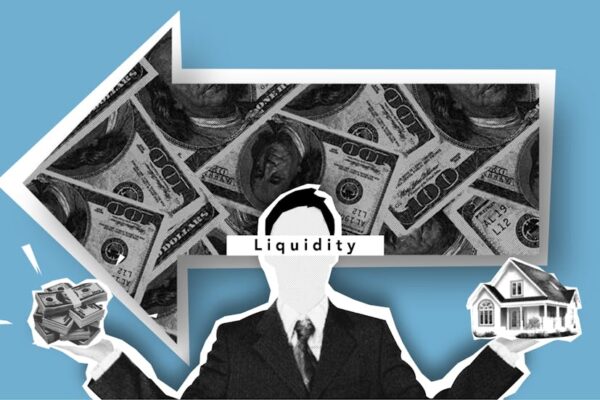How a Temporary Interest Rate Buydown Can Make a New Home More Affordable
Mortgage interest rates are at a twenty-year high. Combine that with the recent run-up in home prices and the result is that many would-be home buyers have been forced to the sidelines because the homes they want are no longer affordable. Waiting for mortgage rates to come down is an option, but it’s likely that home prices will continue to increase, particularly when buyers come off the sidelines again. That means higher home prices will offset some or all of the monthly payment savings that could come from a future lower interest rate. How can a prospective buyer make a home more affordable right now? A mortgage rate buydown can help achieve that goal.
What is an interest rate buydown?
An Interest Rate Buydown is a type of mortgage loan where the interest rate is reduced through the pre-payment of a portion of the interest on the loan. That reduced interest rate results in a lower monthly mortgage payment and greater home affordability.
What is the difference between a temporary and permanent buydown and how does a buydown work?
The defining feature of all buydown mortgages is that the interest rate is lower than the standard market rate. This can either be a temporary rate reduction or a permanent one. A temporary buydown mortgage has a lower interest rate for a set period of time, after which the interest rate goes up. The amount of time the rate is lower can be one, two, or three years, after which the interest rate reverts back to the original rate. A permanent buydown mortgage has a lower interest rate for the life of the loan.
Temporary Buydown
A temporary buydown is typically reserved for mortgage customers who are buying a home and is usually required to be paid for by the seller. The various temporary mortgage buydown options have an initial duration of one, two, or three years. The one year option is known as a 1-0 buydown and the interest rate for the first year is one percentage point below the full market rate. A two year buydown is known as a 2-1 buydown. This option features a payment based on a rate that is two percentage points below the full rate for the first year and one percentage point below the full rate for the second year. A 3-2-1 buydown plan is less common but available from some lenders. It has a start rate that’s three percentage points below the full rate for the first year, two percent below in the second year, and one percent below in the third year. When the buydown expires at the end of the buydown period, all these progress to the full market rate and remain there for the remaining term of the loan.
Permanent Buydown
A permanent buydown is a mortgage financing technique where a buyer pays an up-front fee in the form of discount points to purchase an interest rate that’s lower than the prevailing market rate. In this case, the rate reduction is permanent and the interest rate doesn’t change over the life of the loan.
What does it cost to buy down an interest rate?
The costs to buy down your interest rate vary depending on the buydown structure. The amount needed for a temporary rate buydown is calculated differently than for a permanent mortgage rate buydown.
Temporary buydown cost
With a temporary buydown, a calculation is made to determine the different amount of interest there would be between the full interest rate and the lower interest rates in the first year(s) of the loan. That difference in interest is collected at closing as a prepayment of interest and is maintained by the lender in an escrow account. Each month, the interest difference between the bought-down rate and the full rate is withdrawn from the escrow account to supplement the mortgage payment so that the full amount of interest is paid. One key point is that these funds belong to the homeowner and if the mortgage is refinanced before the buydown period ends, any remaining amount in the escrow account gets applied to the principal balance of the mortgage, reducing the amount needed to pay off the loan.
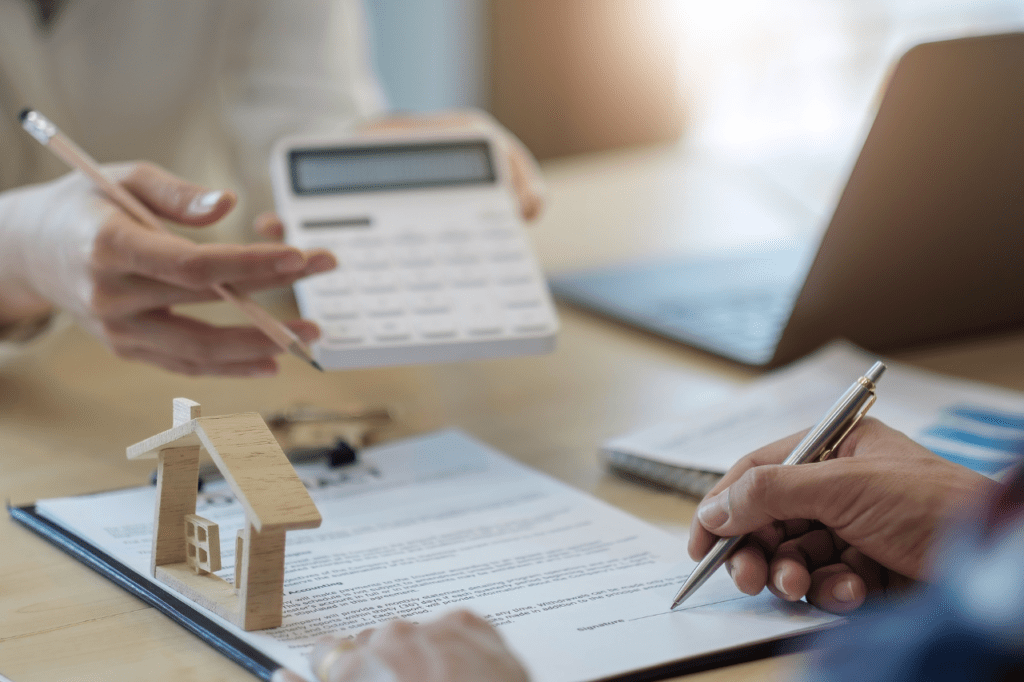

The total cost – the amount of that prepaid interest – depends on how many years the rate is bought down for. The cost is also a function of the market interest rate, loan size, and other factors. The longer the buydown period, the higher the cost. A 2-1 buydown costs more that a 1-0 buydown. A mortgage loan officer can calculate the various costs for the buydown programs.
Permanent buydown cost
Mortgage points are the cost of a permanent buydown and the amount is set by the mortgage lender based on market conditions. As a rule of thumb, one discount point (that is, one percent of the loan amount) will buy a lower interest rate of around one-quarter percent. This is not a hard-and-fast rule and there can be significant cost variability depending on the market.
Why Would I Want to Consider a Temporary Buydown as a Buyer?
The primary reason a buyer should consider a temporary buydown is simply that the buydown would result in a lower payment for a defined period of time. Being able to reduce the interest rate for one, two, or three years helps home buyers reduce their monthly payments to a level that makes the home more affordable in the near term. When interest rates are high, the buydown also “buys time” to let rates come back down to more favorable levels, at which point the homeowner can refinance.
Because a buydown mortgage rate is most advantageous when current market interest rates are high, they are usually preferable to permanent buydowns. Think of it this way. If rates are high, there is a likelihood that they will move lower some time in the future. That means a refinance to lower the interest rate is a likely scenario. If so, why pay expensive discount points to buy a lower rate when you might be able to get that rate for free in the future using a no closing cost refinance? Smart shoppers will get their interest rate reduction
It’s important to note that home buyers must qualify for the mortgage based on the permanent interest rate, rather than the bought-down rate. If you get a mortgage with a buydown rate, assume that you’ll have to make the mortgage payment based on the full rate in the future and plan your family budget accordingly.
Why Would I Offer a Temporary Buydown as a Seller?
A buydown is when a seller offers to pay a portion of the buyer’s interest rate. This can be an incentive for buyers who might not find the monthly payment as affordable during times of high interest rates and/or accelerating home values. The buydown makes sense for sellers who want to make their home more affordable for buyers without permanently affecting the value of their home.
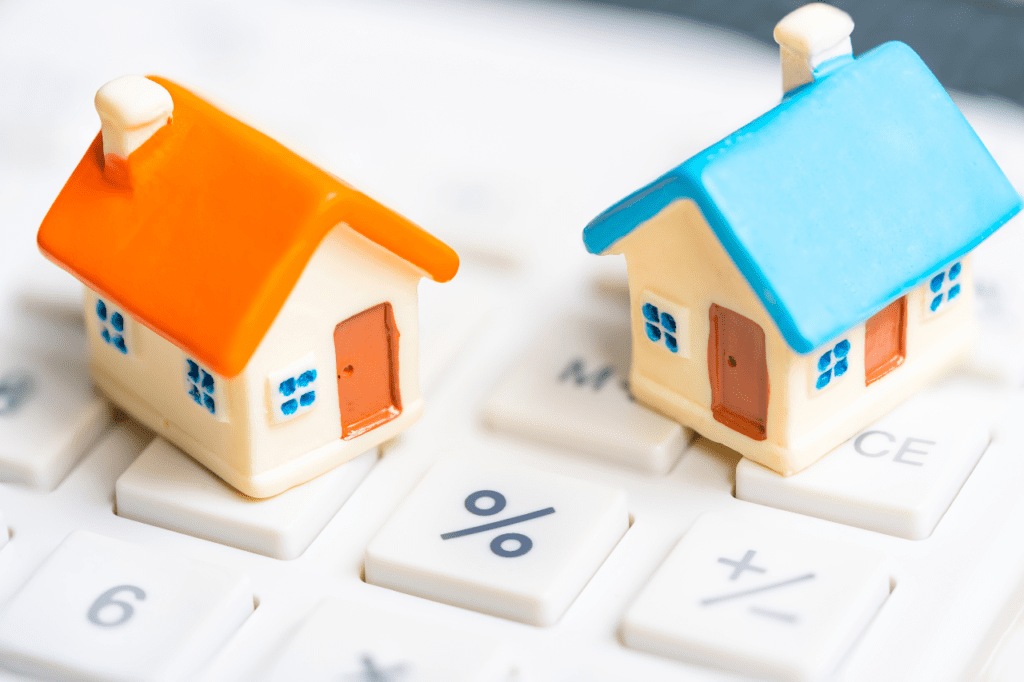

Offering a buydown option as a financing incentive has the dual benefit of costing less than a significant price reduction while also giving a prospective buyer an initial mortgage payment that they could only achieve on a home selling for much less. The monthly payment savings on a 2-1 buydown would be much greater than that for most reductions in the sales price. This product option makes sense for sellers looking to make their homes more affordable to prospective buyers.
What is the difference between a temporary buydown and an adjustable-rate mortgage?
A temporary buydown is a fixed rate mortgage, not an adjustable-rate mortgage. In fact, the buydown interest rate is not really a change in rate – it’s the prepayment of an amount of interest to reduce the mortgage payment to the amount a lower interest rate would have.
The lower mortgage payment comes as a result of prepaying interest which is held in escrow by the lender. The monthly interest differential is taken out of the escrow account each month to supplement the lower mortgage payment. As the buydown period progresses from year to year, the interest rate that the monthly payment is based on does increase. However, the interest rate on the loan is the full market rate – only the payment is adjusted.
An adjustable-rate mortgage has the ability to adjust multiple times over the life of the loan, the magnitude of any adjustments being determined by the interest rate market and the specifics of the loan itself. Most adjustable-rate mortgages have a maximum rate 5% – 6% above the starting rate making them much riskier, and potentially more expensive, than the temporary buydown option.
Why are we seeing this program now?
With interest rates having risen significantly in the last year, mortgage lenders are looking for ways to make buying a home more affordable. The temporary buydown is not a new product, but it has not been offered by most lenders in recent years due to the historically low interest rates available in the last few years. In addition, lenders shied away from a lot of products after the housing and mortgage meltdown back in 2008 – 2010. In those days, it was common to qualify customers on the lowest interest rate during the buydown period. That was a risky practice because the homeowner might not be able to afford the payment when the rate move back up. Today, mortgage customers must qualify on the full market rate, removing that layer of risk from the product and making it a much safer option.
How Much Can A 1% Difference In Your Mortgage Rate Save You?
The precise answer to this question depends on the interest rate and loan amount, but here’s an example. Let’s assume a $250,000 loan amount, a 7.00% market interest rate, and a 30 year fixed rate loan. With these numbers, the monthly principal and interest comes to $1663.26. Dropping the interest rate to 6.00% yields a monthly principal and interest payment of $1498.88 – a drop of $164.38 per month. That’s a significant savings each month and enough to meaningfully affect the affordability of a home.
If you’re in the market to buy a home and concerned about affordability, the temporary buydown can be a terrific option to consider. If you’re a seller, offering to pay the cost of the buydown as a financing incentive can bring in many more prospective buyers than a simple price reduction. Speak with a knowledgeable loan officer about this product. Our team at GoNoCost Mortgage is always happy to run numbers to help you make the best decision when it comes to financing a home.








